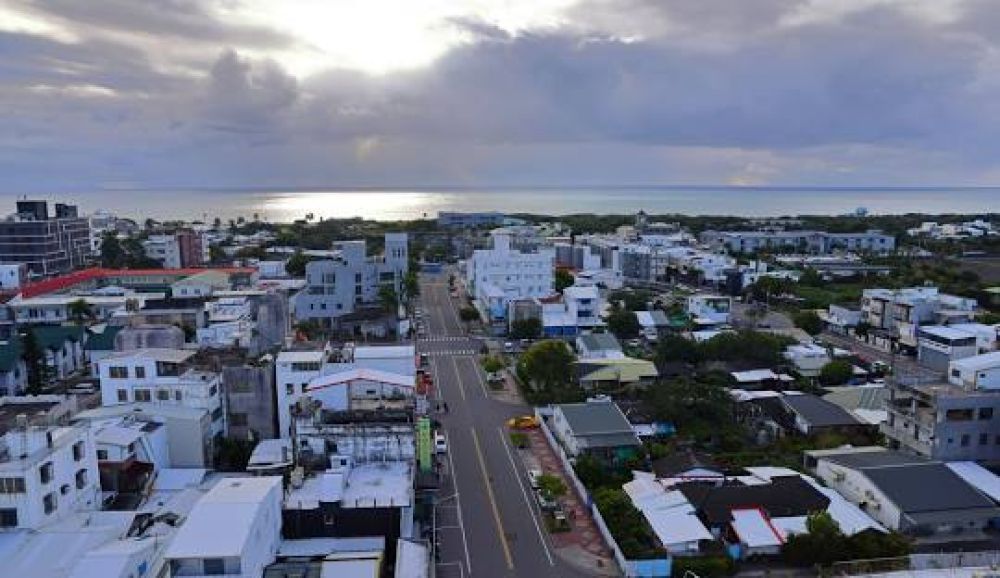

Taitung, known for its pristine beauty and indigenous culture, has not always been the tourist hotspot it is today. The history of tourism in Taitung can be traced back to several decades ago, when Taiwan began promoting domestic tourism, and Taitung's natural landscapes became popular among nature enthusiasts.
In the 1970s and 1980s, the Taiwanese government began to see the potential in tourism to boost the economy and promote cultural exchange. However, Taitung, located on the southeastern coast of Taiwan, remained relatively inaccessible due to limited transportation infrastructure. Despite this, its natural splendor — hot springs, lush mountains, and scenic coastlines — started drawing the more adventurous travelers.
By the 1990s, substantial improvements in road and rail networks, as well as the establishment of small-scale lodging facilities, paved the way for an increase in domestic tourism to Taitung. The East Coast National Scenic Area, established in 1988, also helped in promoting the region's natural and cultural attractions.
In the early 2000s, the Taiwanese government and private sector invested in further developing Taitung's tourism potential. With a focus on sustainable and eco-tourism, Taitung began to attract international visitors interested in experiencing its unspoiled natural beauty and distinct indigenous cultures.
Taitung is home to a significant Austronesian indigenous population, and in recent years, there has been a growing interest in indigenous culture-based tourism. Visitors are drawn by the chance to experience traditional music, food, and festivals, such as the Amis Harvest Festival.
Eco-tourism has also been a major draw, with attractions like the Taitung Forest Park and the unique Green Island and Orchid Island. These areas offer opportunities for snorkeling, hot spring baths, hiking, and observing rare wildlife.
The introduction of international events such as the Taiwan International Balloon Festival, first held in Taitung in 2011, has served to significantly boost its global profile. The festival showcases dozens of hot air balloons flying over the breathtaking East Rift Valley and has become a symbol of Taitung's growing tourism industry.
In recent years, Taitung's tourism trends have been moving towards personalized and in-depth travel experiences. Slow travel, wellness retreats, and cultural immersion programs are gaining popularity. The area's rich agricultural produce, such as tea and millet wine, has also been gaining prominence among food tourists.
Moreover, with the growing trend of digital detox vacations, Taitung's secluded locations without the disruptions of modern city life offer the perfect getaway. Its remote beaches and peaceful countryside provide an ideal environment for those looking to unplug and reconnect with nature.
The evolution of tourism in Taitung reflects a journey from obscurity to acclaim, with a focus on preserving the natural environment and indigenous cultures. Amidst the rising number of visitors, sustainable tourism practices remain key to ensuring that Taitung continues to thrive without compromising its unique attributes that first attracted tourists from around the world.